Home>Gardening & Outdoor>Plant Care & Gardening Tips>How Many Pistils Does California Goldfields Wildflower Have
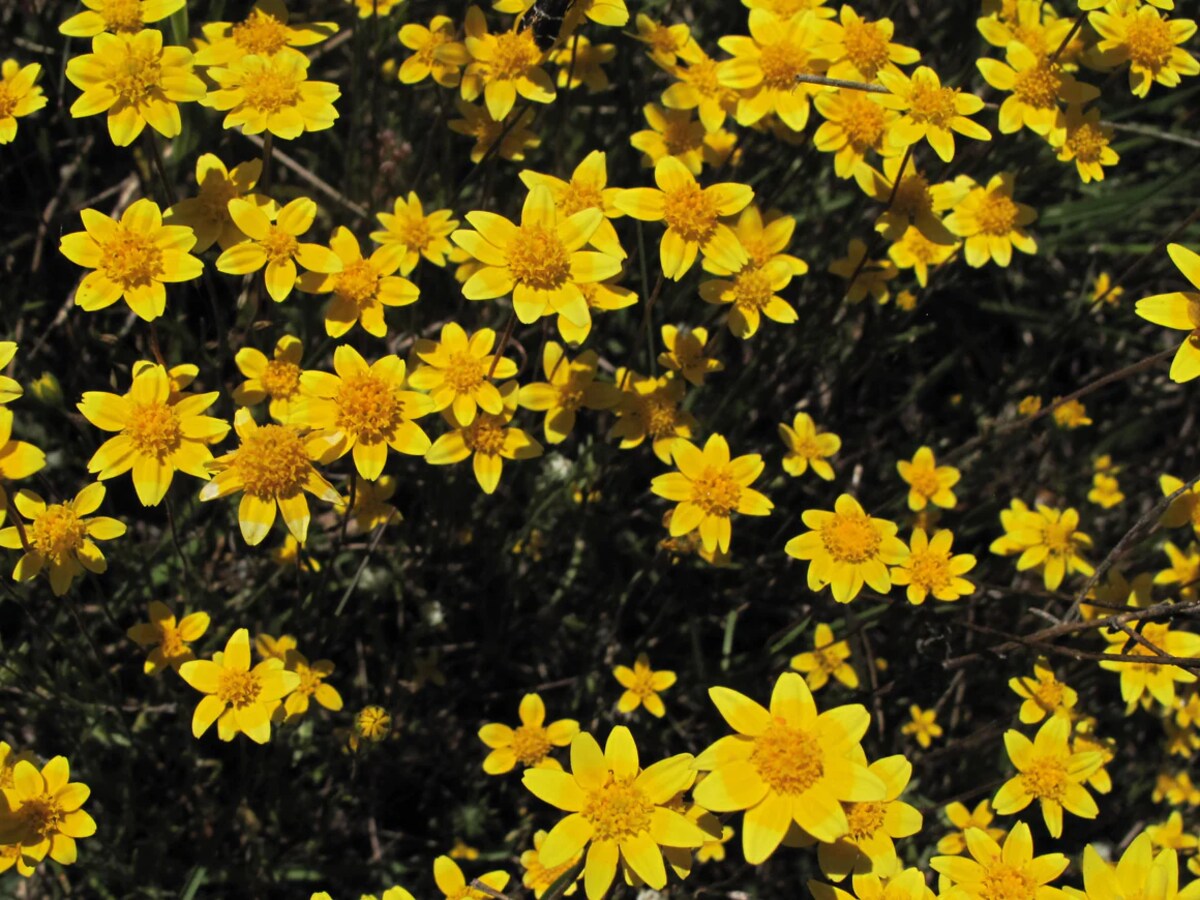

Plant Care & Gardening Tips
How Many Pistils Does California Goldfields Wildflower Have
Published: December 24, 2023
Discover the plant care and gardening tips for California Goldfields wildflower. Learn about the number of pistils and how to care for this beautiful plant. Explore expert advice for growing and maintaining your garden.
(Many of the links in this article redirect to a specific reviewed product. Your purchase of these products through affiliate links helps to generate commission for Storables.com, at no extra cost. Learn more)
Introduction
Welcome to the vibrant world of California Goldfields wildflowers! These stunning blooms are not only a sight to behold but also play a crucial role in maintaining the delicate balance of the ecosystem. In this article, we will delve into the fascinating realm of California Goldfields wildflowers and explore the intricate details of their reproduction, with a particular focus on the pivotal role of pistils in this process.
As we embark on this botanical journey, we will uncover the unique characteristics of the California Goldfields wildflower, gaining a deeper understanding of its structure and reproductive mechanisms. By shedding light on the significance of pistils in the lifecycle of these captivating blooms, we aim to provide valuable insights for plant enthusiasts, nature lovers, and curious minds alike.
Join us as we unravel the mysteries of the California Goldfields wildflower and celebrate the awe-inspiring beauty of nature's intricate design. Let's venture into the heart of the wildflower's world, where pistils hold the key to its reproductive prowess and contribute to the rich tapestry of biodiversity.
Key Takeaways:
- The California Goldfields wildflower relies on its pistils to reproduce, showcasing the intricate dance of life between pollinators, pollen, and seeds.
- The pistils of the California Goldfields wildflower not only nurture seeds but also attract pollinators, contributing to the rich biodiversity of its ecosystem.
Read more: When To Plant Wildflower Seeds In California
Description of California Goldfields Wildflower
The California Goldfields wildflower, scientifically known as Lasthenia californica, is a dazzling botanical treasure that graces the landscapes of California with its vibrant presence. This annual wildflower belongs to the sunflower family (Asteraceae) and is renowned for its stunning golden blooms that blanket meadows and grasslands in a breathtaking display of color.
Measuring approximately 4 to 12 inches in height, the California Goldfields wildflower boasts delicate, fern-like foliage that forms an enchanting backdrop for its radiant blossoms. The iconic golden flowers, reminiscent of the precious metal they are named after, consist of numerous ray florets that collectively create a mesmerizing floral spectacle.
These exquisite blooms are a beacon for pollinators, attracting a myriad of beneficial insects such as bees, butterflies, and other nectar-seeking visitors. The California Goldfields wildflower’s ability to entice pollinators contributes to the intricate web of interactions within its natural habitat, fostering biodiversity and ecological resilience.
With its adaptability to various soil types and a preference for sunny, open spaces, the California Goldfields wildflower thrives in a range of environments, from coastal plains to inland valleys. Its resilience and adaptability make it a resilient symbol of natural beauty, capable of flourishing in diverse ecological niches.
As the seasons transition and spring breathes new life into the landscape, the California Goldfields wildflower emerges as a beacon of hope and renewal, gracing the earth with its golden hues. Its presence not only captivates the eye but also enriches the ecosystem, serving as a testament to the intricate beauty of the natural world.
Reproduction of California Goldfields Wildflower
The reproduction of the California Goldfields wildflower is a remarkable botanical process that unfolds with precision and grace, contributing to the perpetuation of its species and the perpetuation of the ecosystem’s vitality. At the heart of this intricate process lies the pivotal role of pistils, which play a fundamental part in the wildflower’s reproductive journey.
As an annual wildflower, the California Goldfields follows a cyclical pattern of growth, flowering, and seed production within a single growing season. The reproductive journey commences with the emergence of delicate buds that gradually unfurl to reveal the iconic golden blossoms, signaling the onset of the wildflower’s reproductive phase.
Central to the process of reproduction is the transfer of pollen, a vital step that culminates in the formation of seeds. Pollen, the male reproductive component, is carried by pollinators such as bees and butterflies, or dispersed by the wind, eventually reaching the pistil of the wildflower. The pistil, the female reproductive organ, plays a crucial role in receiving the pollen and facilitating the fertilization process.
Upon successful pollination, the pistil initiates the development of seeds within the ovary, the base of the pistil. This transformative phase marks the culmination of the wildflower’s reproductive journey, as the seeds mature within the protective embrace of the ovary, ensuring the continuity of the California Goldfields’ legacy.
Throughout this journey, the pistils of the California Goldfields wildflower serve as the nurturing cradle for the development of seeds, embodying the inherent resilience and beauty of the wildflower’s reproductive prowess. The intricate interplay between pollinators, pollen, pistils, and seeds underscores the harmonious synergy that sustains the cycle of life in the natural world.
By unraveling the captivating tale of the California Goldfields wildflower’s reproduction, we gain a deeper appreciation for the interconnectedness of botanical processes and the vital role of pistils in perpetuating the splendor of this exquisite wildflower.
California Goldfields wildflowers typically have 5-10 pistils, which are the female reproductive parts of the flower. Look closely at the center of the flower to count them.
Importance of Pistils in California Goldfields Wildflower
The pistils of the California Goldfields wildflower hold profound significance in the intricate tapestry of its reproductive journey, playing an indispensable role in the perpetuation of its species and the preservation of biodiversity within its natural habitat. These delicate, yet resilient, female reproductive organs are pivotal to the wildflower’s lifecycle, embodying the essence of continuity and nurturing the promise of future generations.
At the heart of the wildflower’s reproductive process, the pistils serve as the receptive sanctuary for pollen, the life-giving essence that sets the wheels of reproduction in motion. As pollinators diligently carry or disperse pollen, the pistils await their arrival, poised to embark on the transformative journey of fertilization. This pivotal interaction between pollen and pistils is a testament to the wildflower’s adaptive strategy for ensuring the continuity of its lineage.
Upon receiving the precious cargo of pollen, the pistils channel their nurturing energy towards fostering the development of seeds within the protective confines of the ovary. This pivotal phase marks the culmination of the wildflower’s reproductive odyssey, as the pistils safeguard the nascent seeds, nurturing their growth and ensuring their viability for the next chapter in the cycle of life.
Furthermore, the pistils of the California Goldfields wildflower serve as a vital link in the intricate web of ecological relationships, attracting and engaging pollinators in a mutualistic dance of life. By offering nectar and a receptive landing platform for pollinators, the pistils forge symbiotic partnerships with a diverse array of insects, contributing to the rich tapestry of biodiversity within the wildflower’s ecosystem.
Moreover, the role of pistils extends beyond the immediate realm of reproduction, as their presence and allure contribute to the visual splendor that graces the landscape. The golden blossoms, adorned with pistils, serve as a beacon of hope and renewal, captivating the senses and uplifting the spirit with their radiant beauty.
Through the lens of the pistils, we gain a profound appreciation for the intricate mechanisms that underpin the California Goldfields wildflower’s resilience and contribution to the natural world. Their nurturing embrace and pivotal role in the wildflower’s reproductive saga underscore the enduring legacy of this botanical marvel, perpetuating its splendor for generations to come.
Conclusion
As we conclude our exploration of the California Goldfields wildflower and the pivotal role of its pistils in the intricate tapestry of reproduction, we emerge with a profound appreciation for the resilience and beauty of this botanical marvel. The wildflower, with its golden blooms and delicate pistils, serves as a poignant symbol of nature’s enduring vitality and the interconnectedness of life within the ecosystem.
Through the lens of the pistils, we have gained insight into the captivating journey of the California Goldfields wildflower’s reproduction, witnessing the harmonious interplay between pollinators, pollen, pistils, and seeds. This intricate dance of life underscores the wildflower’s adaptive strategies for ensuring the continuity of its lineage and the preservation of biodiversity within its natural habitat.
Furthermore, the pistils of the California Goldfields wildflower transcend their role as mere reproductive organs, serving as ambassadors of beauty and resilience. Their allure captivates the eye and beckons pollinators, fostering symbiotic relationships that enrich the fabric of the ecosystem. The wildflower’s pistils stand as a testament to the delicate balance and interconnectedness of life within the natural world.
As we reflect on the significance of pistils in the California Goldfields wildflower, we are reminded of the profound impact of botanical marvels on our lives. These vibrant blooms, adorned with pistils, inspire awe and reverence, inviting us to cherish and safeguard the rich tapestry of biodiversity that sustains our planet.
In celebrating the California Goldfields wildflower and its pistils, we honor the intricate beauty of nature’s design and the enduring legacy of these botanical treasures. May the golden blooms and nurturing embrace of pistils continue to grace our landscapes, serving as a poignant reminder of the resilience and interconnectedness that define the natural world.
Let us embrace the splendor of the California Goldfields wildflower and the pivotal role of its pistils, recognizing them as ambassadors of hope, beauty, and continuity within the wondrous tapestry of life.
Frequently Asked Questions about How Many Pistils Does California Goldfields Wildflower Have
Was this page helpful?
At Storables.com, we guarantee accurate and reliable information. Our content, validated by Expert Board Contributors, is crafted following stringent Editorial Policies. We're committed to providing you with well-researched, expert-backed insights for all your informational needs.

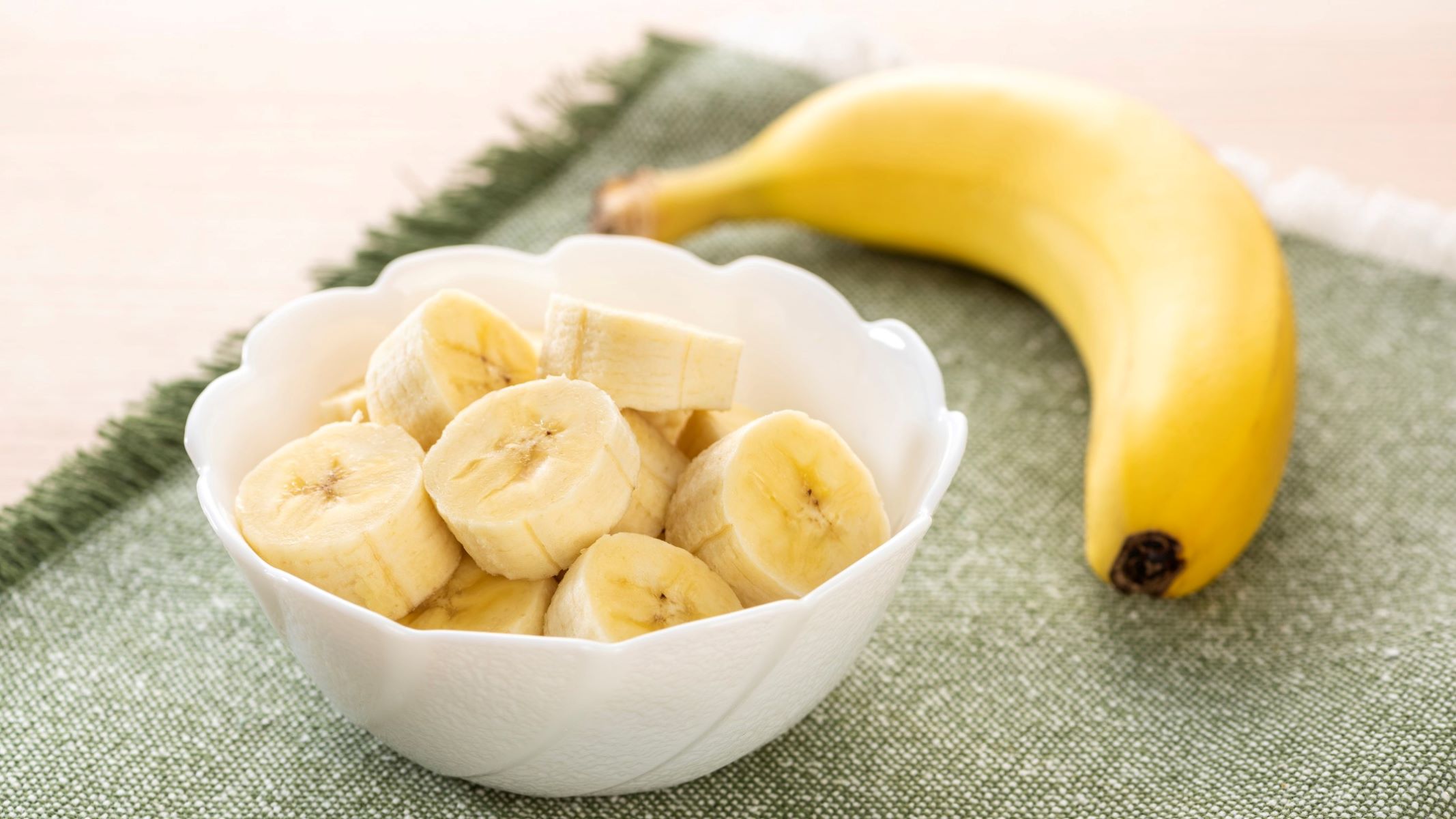
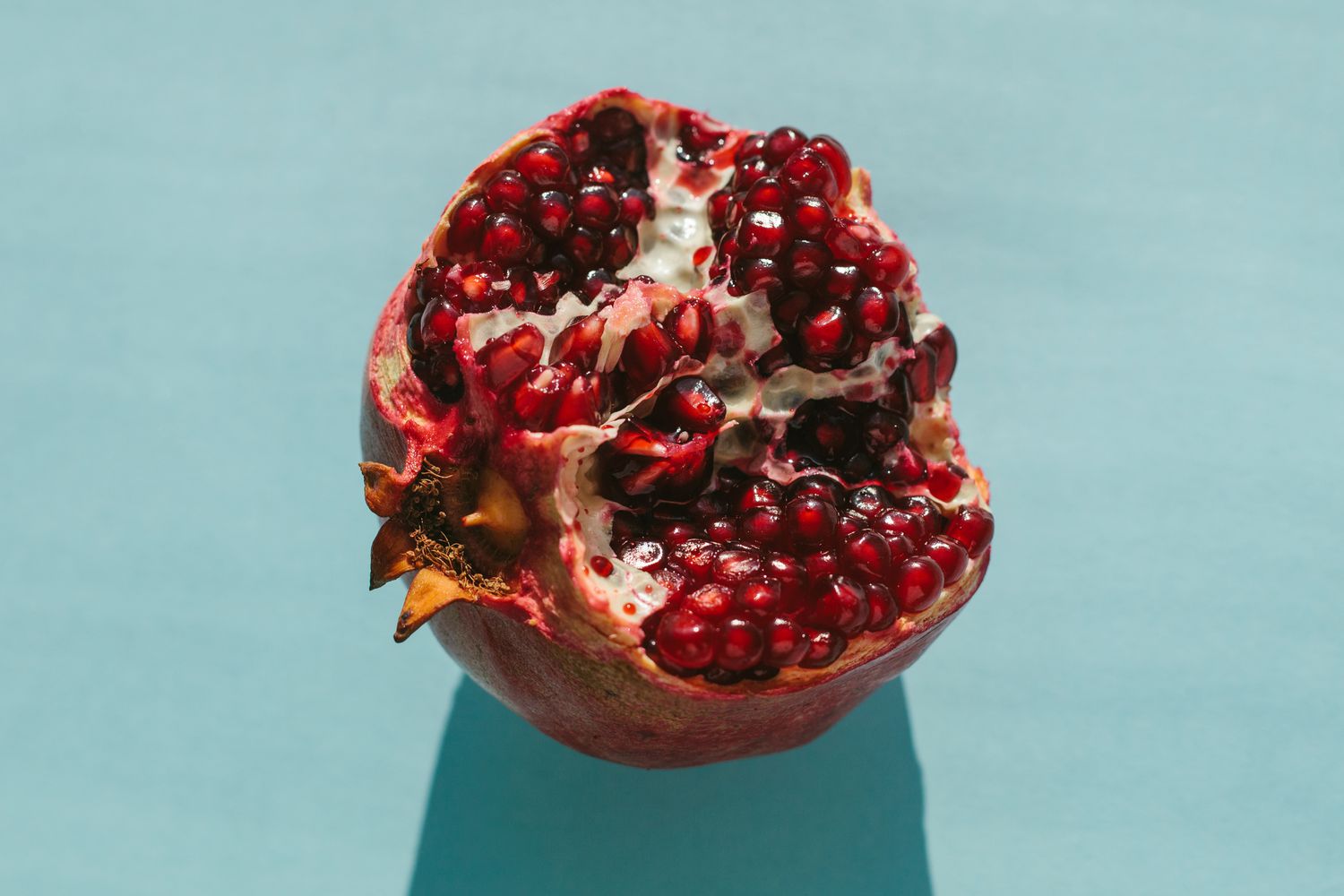

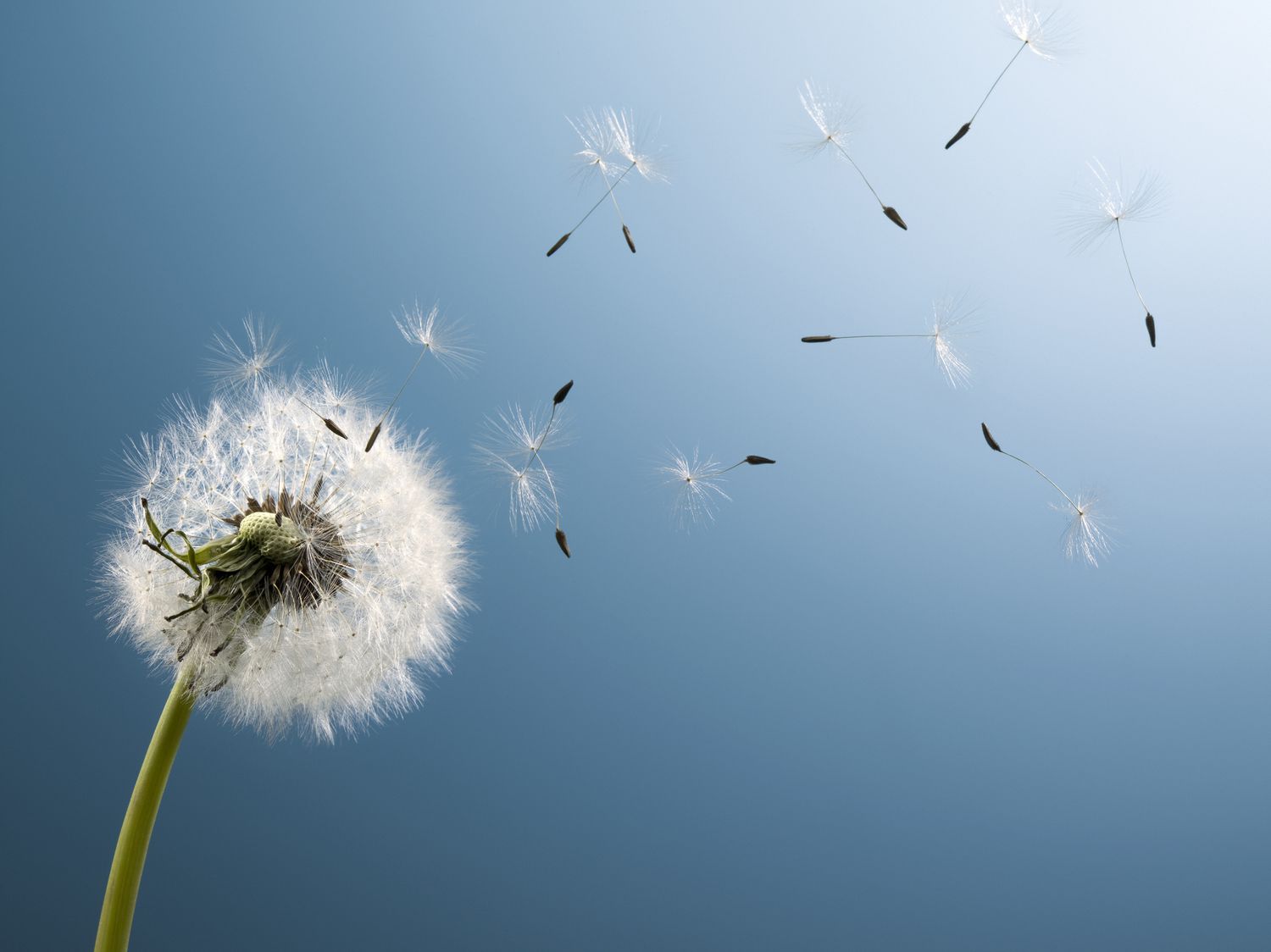




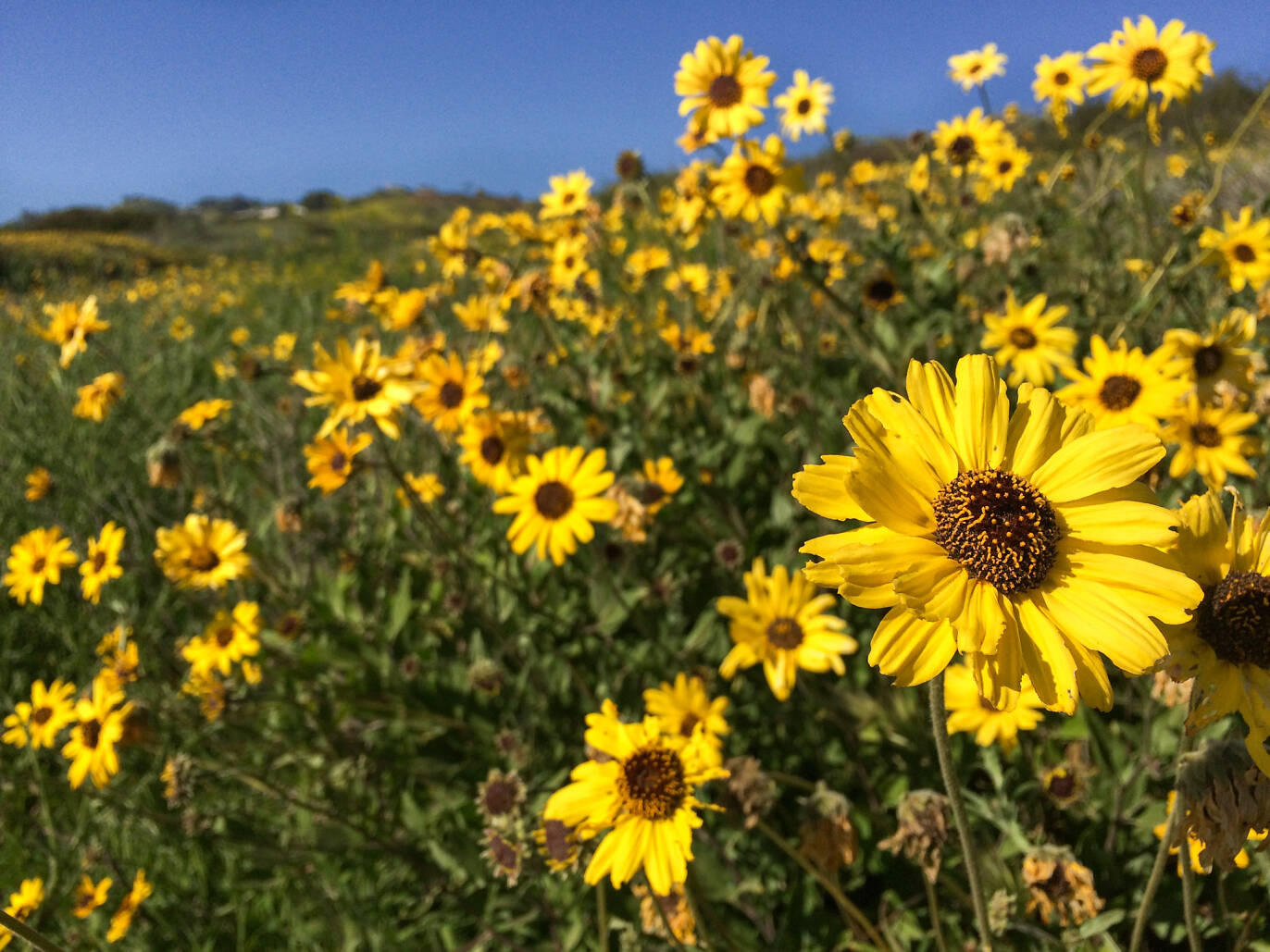



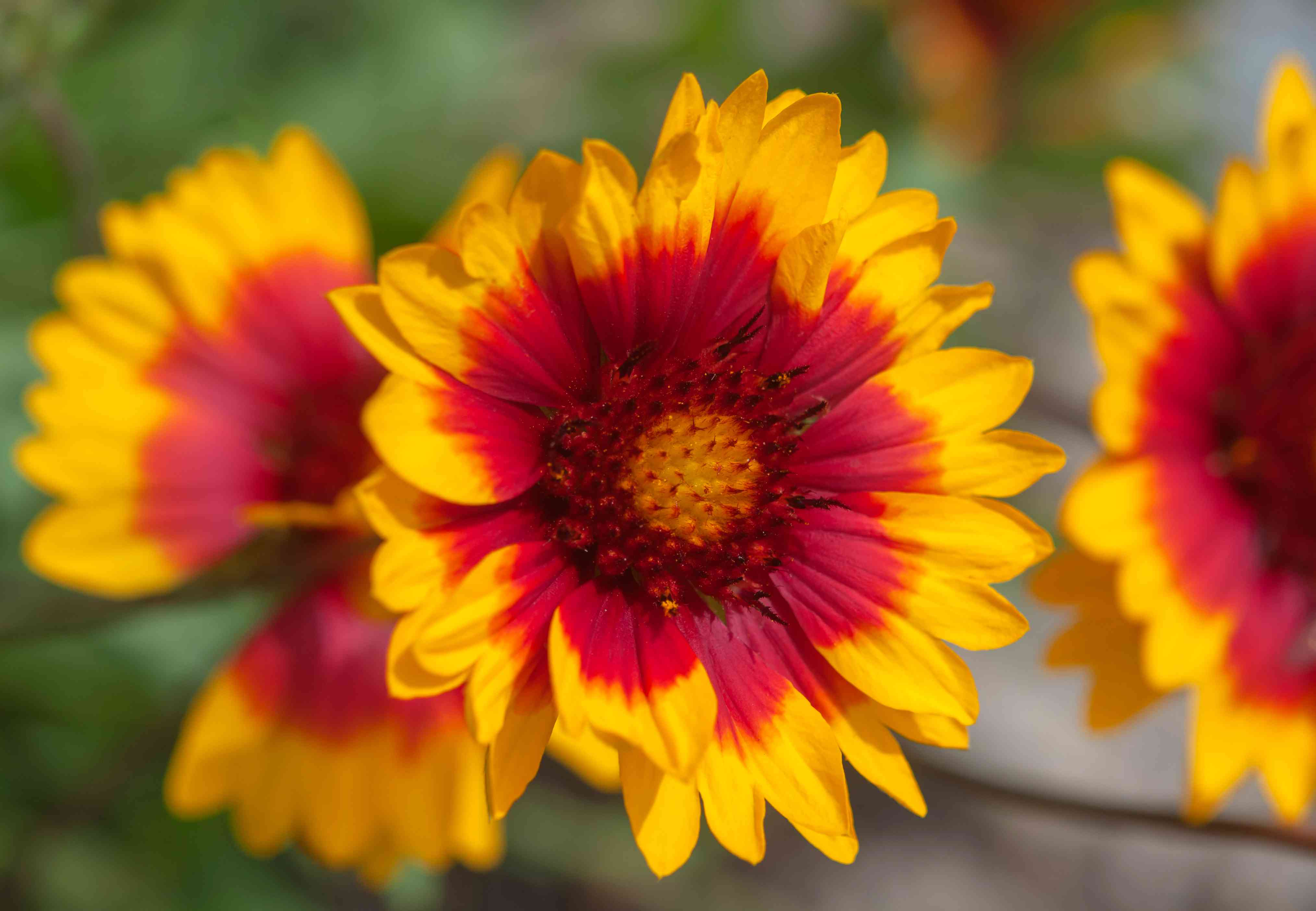
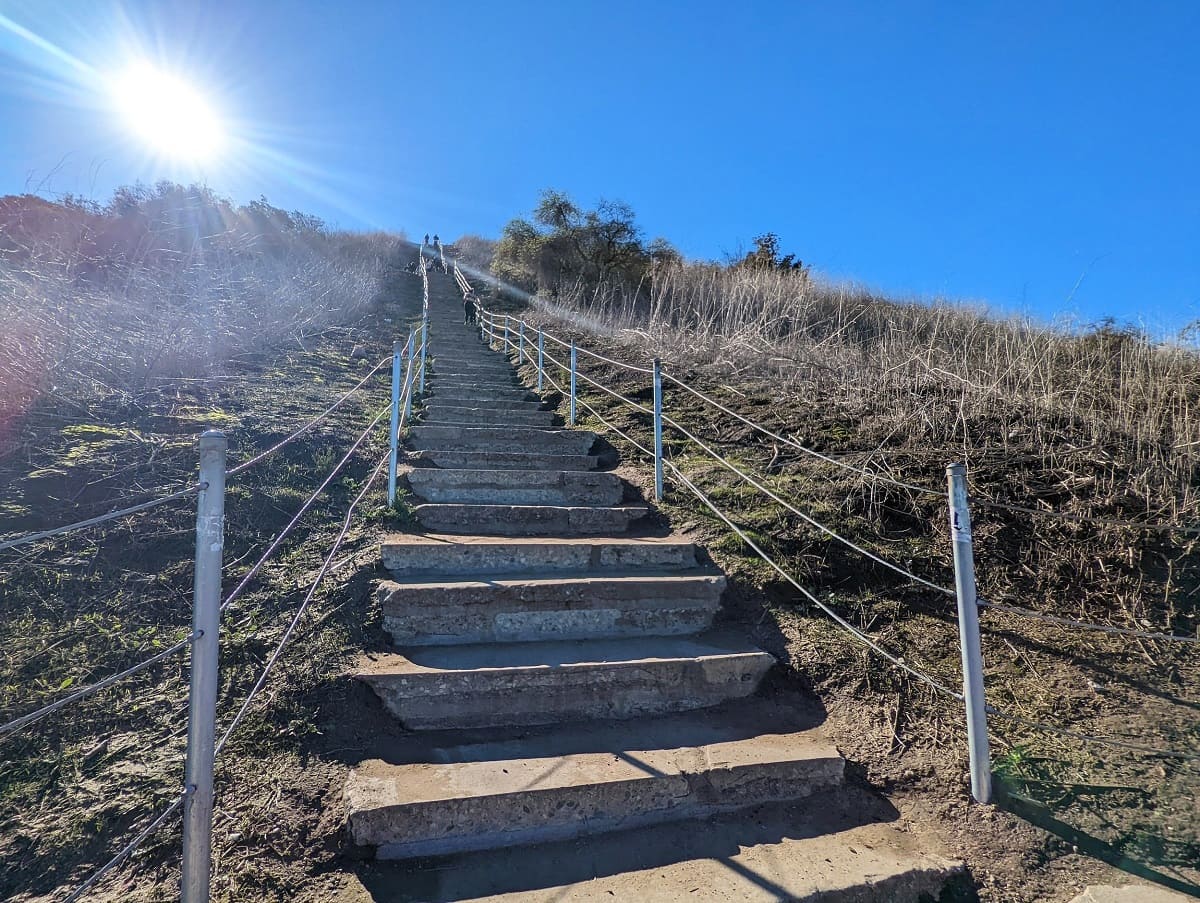

0 thoughts on “How Many Pistils Does California Goldfields Wildflower Have”